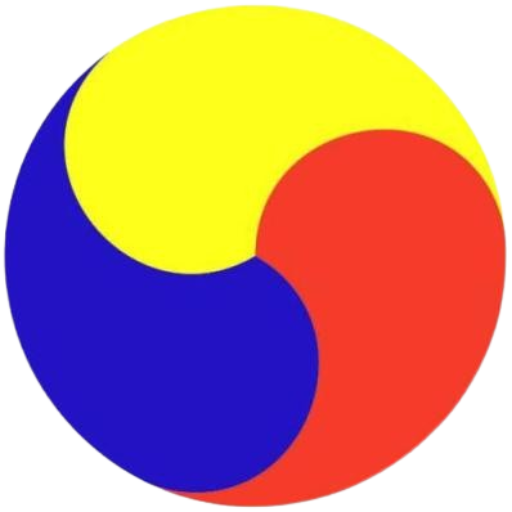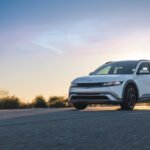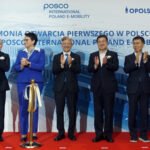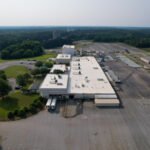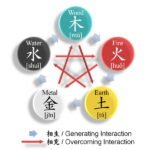When the South Korean K2 Black Panther tank was conceptualized in the late 1990s, the Agency for Defense Development (ADD) prioritized a domestic 1,500-horsepower diesel engine to reduce reliance on foreign technology. Doosan Infracore (Infracore was purchased by Hyundai in 2021, but in the late 90s it was owned by Doosan) was selected to develop this engine, named the DV27K, as part of the localization effort. ADD chose Infracore over STX Engine. Infracore and STX Engine were key players in South Korea’s defense industry with relevant experience. Doosan Infracore had been license-producing industrial-grade MAN Diesel SE engines from Germany since at least the 1980s, while STX Engine license manufactured MTU engines for the K1 tank since 1986. Neither company was producing diesel engines larger than 600 hp using purely domestic technology at the time.
Doosan Infracore’s Technical Challenges
Doosan Infracore faced a significant challenge: they had no prior experience designing complete engines over 600 hp independently. Their smaller engines, in the 200-600 hp range, relied on Isuzu technology. Building a 1,500-hp military engine required expertise beyond their existing capabilities, suggesting they needed external technical assistance. What technology did Infracore leverage to bridge this gap? Based on compelling circumstantial evidence, it appears Infracore adapted the design of the MAN D2842 engine, scaling it up to create the DV27K for the K2 tank.
MAN’s D2842 was the Likely Model
Infracore had been license-manufacturing the MAN D2842 engine throughout the 1990s for industrial applications like power generation and marine use in smaller vessels, such as yachts and power boats. When turbocharged, the D2842 can deliver up to 1,550 hp, but it’s designed for steady operation, not the demanding military requirements of rapid high and low RPM shifts, high thermal stresses, and advanced fuel injection.
The other specifications of the MAN D2842 engine are as follows:
- V12, 4-stroke, water-cooled, long-stroke diesel engine with a 21.9-litre displacement and power outputs up to 1,100 to 1,550 hp and up to 2,100 RPMs. Cylinder bores of 128mm and stroke of 142mm.
The comparable specifications for Infracore’s DV27K engine are as follows:
- V12, 4-stroke, water cooled, long-stroke diesel engine with a 27-litre displacement and power output of 1,500 hps with up to 2,700 RPMs. Cylinder bores of 138mm and stroke of 150mm.
Adapting the Design
Doosan likely used the MAN D2842 as inspiration, increasing the bore and stroke to achieve a roughly 23% larger displacement. This scaling increased the combustion chamber volume, raising thermal and mechanical stresses. Adapting an industrial engine for military use was complex, requiring enhancements like robust cooling systems, more sophisticated fuel injection and durable materials to handle rapid RPM changes and extreme conditions.
Development Struggles
Developing the DV27K was challenging, with issues like cooling failures, cylinder damage, and reliability shortfalls reported during its roughly 17-year development cycle (1998-2015). For example, tests in 2011 and 2012 revealed problems with cooling fan control and acceleration, likely tied to thermal stress. These setbacks delayed full localization, prompting the use of German MTU engines in early K2 batches.
SinterCast’s Technical Assistance
By 2012, the DV27K had failed multiple endurance tests, pushing the project to a critical point. In 2015, Swedish-based SinterCast provided a Mini-System 3000, a thermal analysis tool for prototyping. This enabled Doosan to produce compacted graphite iron (CGI) engine blocks with 75% higher tensile strength and double the fatigue strength of standard cast iron, improving thermal stress management. This technology supported refinements, helping the DV27K meet military standards by the time the Turks evaluated it in 2021.
South Korea Needed German and Swedish Assistance
The leap from 600-hp non-military engines to a 1,500-hp military-grade engine was substantial, requiring expertise in high-power V12 design and advanced metallurgy. Infracore’s partnerships with MAN (for large diesel engines) and technology from SinterCast were critical. The MAN D2842, the only high-power engine Infracore had intimate access to, is a likely model for the DV27K, given the design similarities. While not definitive, the circumstantial evidence is very strong and points to Infracore ultimately adapting MAN’s proven technology to achieve South Korea’s goal of a fully domestic tank engine, now successfully deployed in K2 tanks as of 2025.
Sources
- Doosan Infracore. Building Your Tomorrow Today: G2 Engine Brochure. Doosan Infracore, 2014. http://doosanflt.com/pw1/wp-content/uploads/2014/06/Doosan-G2-engine-brochure.pdf.
- HD Hyundai Infracore. Iron Casting Products. HD Hyundai Infracore, n.d. https://www.hd-hyundaiengine.com/download/parts/iron_casting_products.pdf.
- HD Hyundai Infracore Engine. “History.” HD Hyundai Infracore Engine. Accessed October 5, 2025. https://www.doosanengine.com/en/about-us/history.
- MAN. D2842 – Medium Duty. MAN Engines, n.d. https://www.pps-bv.nl/images/MAN/Marine/MAN%20D2842%20-%20Medium%20Duty.pdf.
- Marine Log. “Doosan Passes 100 Million Bhp Two Stroke Milestone.” Marine Log, January 26, 2017. https://www.marinelog.com/news/doosan-passes-100-million-bhp-two-stroke-milestone/.
- MILMAG. “Green Light for the Korean Power-Pack for K2 Tanks.” MILMAG, October 1, 2024. https://milmag.pl/en/green-light-for-the-korean-power-pack-for-k2-tanks/.
- Powertrain International. “From the Alliance with Isuzu to Some Tips about the Best Use of Engines.” Powertrain International, December 17, 2020. https://www.powertraininternationalweb.com/news/news-from-the-volvo-group/.
- SinterCast AB. “SinterCast Results: Second Quarter 2015.” GlobeNewswire, July 29, 2015. https://www.globenewswire.com/news-release/2015/07/29/755843/0/en/files/351617/0/Press%20Release%20PDF.pdf.
- Wikipedia contributors. “K2 Black Panther.” Wikipedia, The Free Encyclopedia. Wikimedia Foundation, last modified October 4, 2025. https://en.wikipedia.org/wiki/K2_Black_Panther.
- Yahoo Finance. “SinterCast Results April-June 2015.” Yahoo Finance, July 29, 2015. https://finance.yahoo.com/news/sintercast-results-april-june-2015-130202022.html.
- YachtBuyer. “D2842 LE410 Medium Duty by MAN.” YachtBuyer. Accessed October 5, 2025. https://www.yachtbuyer.com/en-us/engines/man/d2842-le410-medium-duty.
submitted by /u/RazzmatazzAccurate82
[link] [comments]
